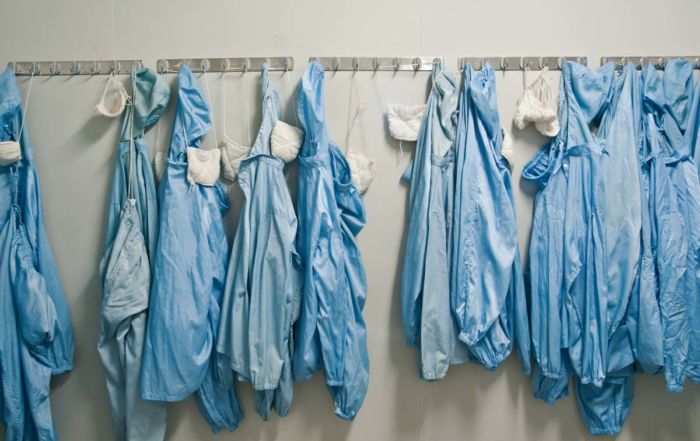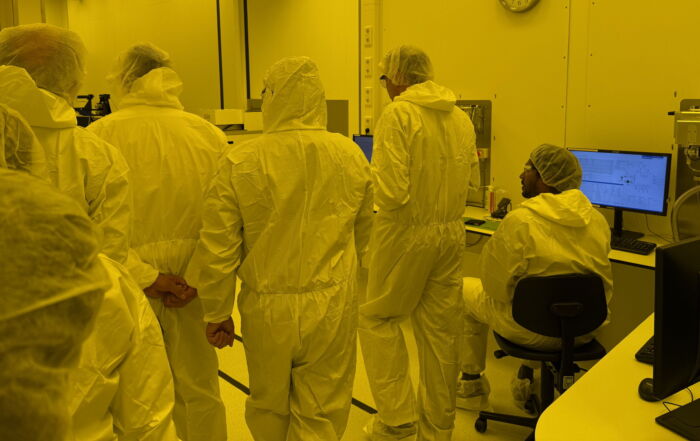
Academic Nanofabrication Centers at an European Scale
In Europe, the academic strengths in nanofabrication are still too fragmented: there are at least seventy European university nanofabrication centers of large or medium size, which develop their know-how without any real coordination. Conscious of this dispersion, several European countries (Sweden, France, Norway and the Netherlands) have already created national networks of academic cleanrooms to foster collaboration at the national level. In the Netherlands, NanoLabNL is the national facility for nanotechnology research. Today, with four other countries (Spain, Portugal, Italy and the Czech Republic), these countries have created the EuroNanoLab consortium, which currently includes 26 academic clean rooms, representing a total value of 1.5 billion euros.
Dramatic changes
Micro and nanostructures have dramatically changed our environment – although we have not really become aware of that – and will change it further in the years to come. Who remembers the first hard disks of a few megabytes that used to cost a fortune? Today, a hard drive of a few terabytes with a million times higher capacity, able to store a huge library or tens of thousands of hours of music, costs only a hundred euros while being hundreds of times faster. Similarly, any person has in his smartphone a computing capacity larger than the capacity of the national supercomputers that were used only thirty years ago. In the field of medicine, nanofluidics makes it possible to perform test of unprecedented precision on blood and other fluids. For instance, researchers from the University of Twente and the VU Medical Research Center Amsterdam (VUmc) are developing an urine test that can detect various types of cancer based on an analysis of DNA fragments.
Whether in the field of science, artificial intelligence or big data, tomorrow’s intelligent systems will be based on breakthrough innovations such as quantum technologies, which will significantly increase the computing capacity of processors, generalize inviolable encrypted communications or create new high-performance sensors. Transistors at the atomic scale that will achieve ultimate degrees of miniaturization are also under study and in the field of medicine, it is proposed to develop nano-biosystems implanted on people and able to monitor in real time their health condition.
To develop such applications, innovative components that rely nanofabrication technologies of very high level must be designed, fabricated and tested. Such nanotechnologies require high-level cleanrooms as well as costly equipment, to enable the fabrication with nanometer precision of tomorrow’s intelligent information processing systems. Given these considerable challenges, the majority of developed countries, particularly the United States and Korea, invest heavily in research on nanofabrication.
Integrating infrastructure
To make better use of the existing investment, EuroNanoLab wants to integrate this academic research infrastructure around a “central hub”, which is its orchestra leader. This new infrastructure will therefore be distributed on a European scale but nevertheless able to develop a common strategy and support major European programs such as the Graphene, Human Brain or Quantum Flagships, as well as major European programs. which will undoubtedly emerge later.
Such an organization will enable distributing the technological developments optimally between the most competent nanofabrication centers, ensuring that each of them benefit from the latest results obtained by the others. NanoLabNL is one of the initiators of this initiative. Bringing together motivated partners, this initiative is intended to extend to all European countries ready to contribute. Bringing together a large part of the community of nanofabrication academic centers, this new infrastructure will also become a privileged interlocutor of technological research organizations (RTO) and their industrial partners, able to transfer more efficiently towards industry the know-how developed by the academic centers.









